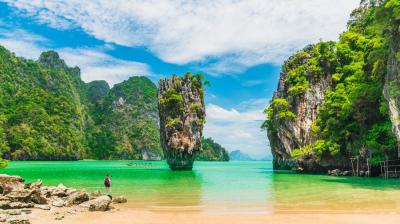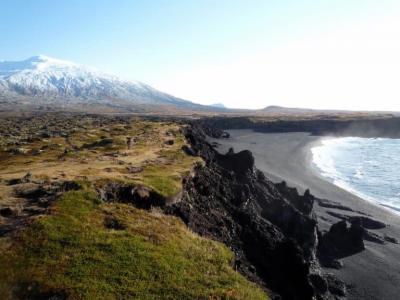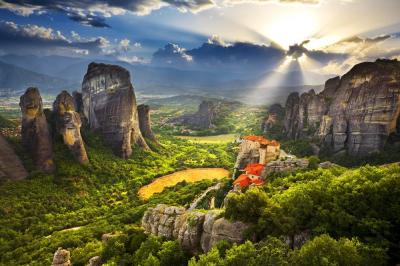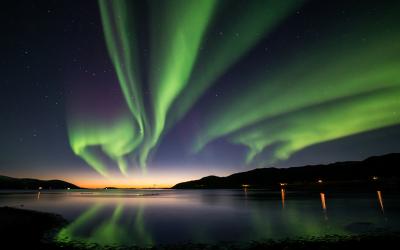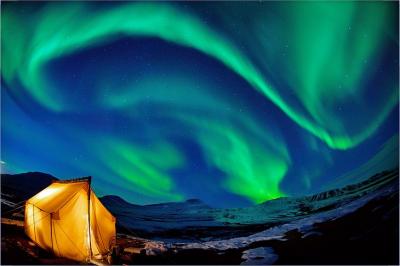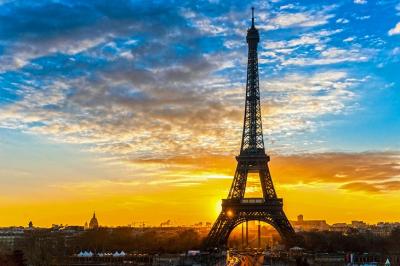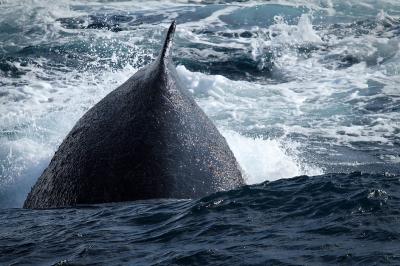109 Results in category Nature
Nature Tourism means “experiencing the natural places, typically through outdoor activities that are sustainable in terms of their impact on the environment.” It helps to explore natural areas, which conserves the environment and improves the welfare of local people. We aim to contribute to nature conservation by providing the travellers with the chance to experience wild spaces and learn about wildlife in natural habitats.
Natural attractions are geographical or biological features that have a specific appeal to the tourism market. Globally, there are countless varieties of natural attractions – no two natural attractions are the same because they have been shaped by the unique natural forces of the surrounding environment.
Travellers visit natural attractions for many reasons, which include:
- Enjoying the grandeur of nature.
- Escaping from the pressures of urban life.
- Escaping from humanity.
- Exploring different landscapes.
- Experiencing outdoor adventures in a natural setting.
- Learning about the environment.
Khao Yai National Park was the first national park to be established in Thailand and is the third-largest in the country.
Whilst visiting Phuket you must visit Phang Nga Bay, the bay houses in the region of 40 small islands that come straight out of the calm sea.
Snæfellsjökull National Park sits on the Snæfellsnes Peninsula and is best known for its signature glacier called Snæfellsjökull.
Meteora is known for its monasteries that sit on top of towering rock formations.
What’s so cool: The Northern Lights glimmer expectantly on most travellers’ bucket lists. To experience the Aurora Borealis in full glow
For most people, seeing the northern lights is a once-in-a-lifetime treat. Finland is one of the best places in the world for seeing these blazing curtains of light drape across the sky.
The symbol of Paris, the Eiffel Tower is a feat of ingenuity as much as it is a famous landmark.
Antarctica is the perfect place for close encounters with whales.
Close
Zigzagging along Ireland’s west coast, the 2,175-mile (3,500-kilometer) Wild Atlantic Way driving route shows off some of the country’s most thrilling coastal scenery.


